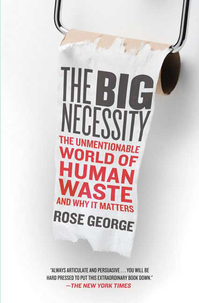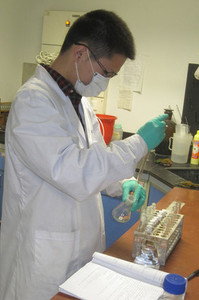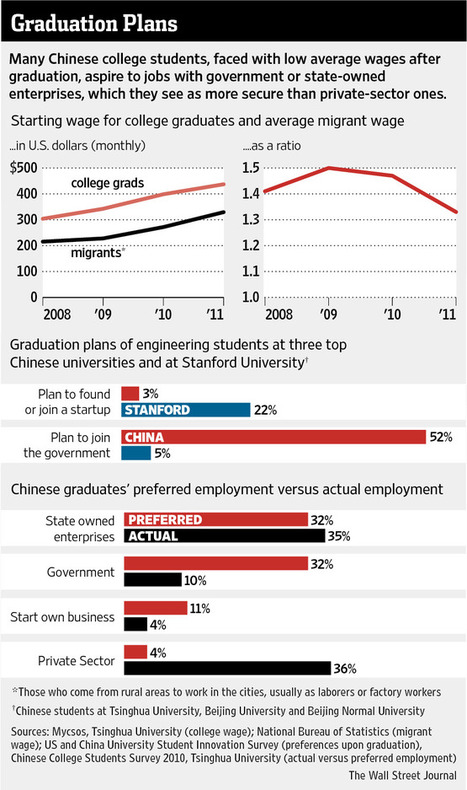(p. 3) A few years ago, an industry whose history and mythology were indelible parts of the American identity was dying. The great steel mills of Pennsylvania and the Midwest had literally built this country, but the twin burdens of competition and self-inflicted wounds had brought them to the edge of extinction.
. . .
Yet steel’s savior was not the government bailouts it ardently sought but exactly what it so long tried to avoid: bankruptcy. Only when the companies failed were they successfully slimmed down and retooled into smaller but profitable ventures.
. . .
Bethlehem Steel, whose steel was used in the Hoover Dam, the Chrysler building and the George Washington Bridge, filed for bankruptcy in October 2001. It was followed by National Steel, Weirton Steel, Georgetown Steel and many others. The pain was great.
And necessary, some say. “If the steel companies had gotten all they wanted in terms of loan guarantees and import quotas, they would never have gotten better,” said Richard Fruehan, director of the Sloan Study on Competitiveness in the Steel Industry. “The bankruptcies forced their hand.”
For the full commentary, see:
DAVID STREITFELD. “THE NATION; Is Steel’s Revival a Model for Detroit?” The New York Times, Week in Review Section (Sun., November 23, 2008): 3.
(Note: ellipses added.)
(Note: the online version of the commentary is dated November 22, 2008.)








